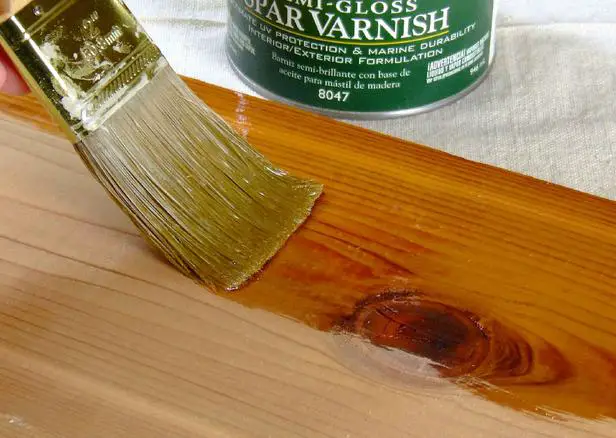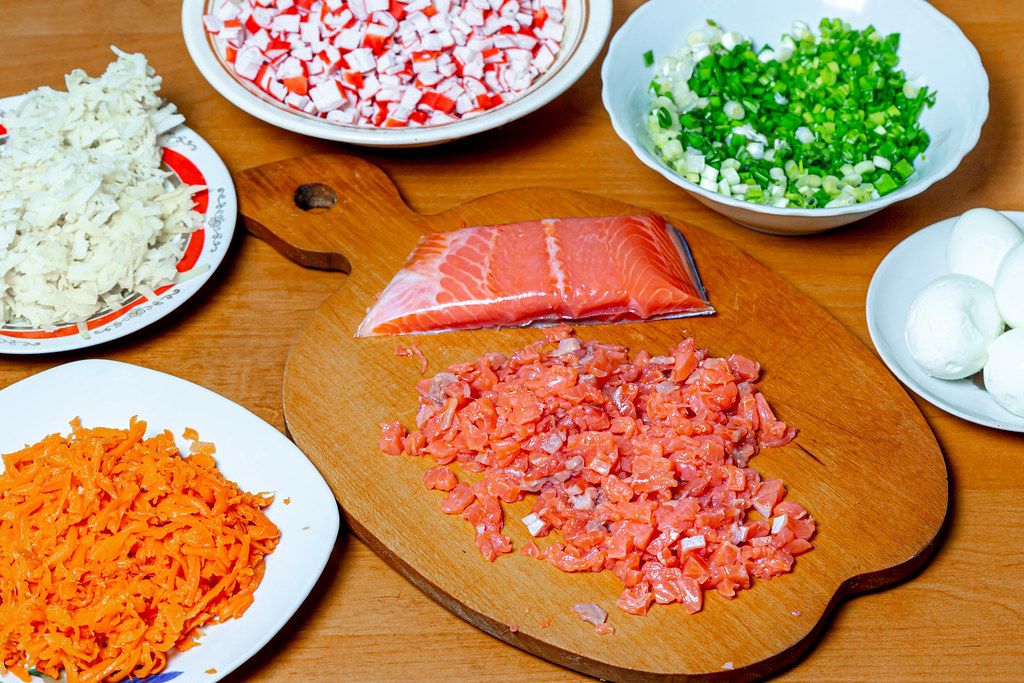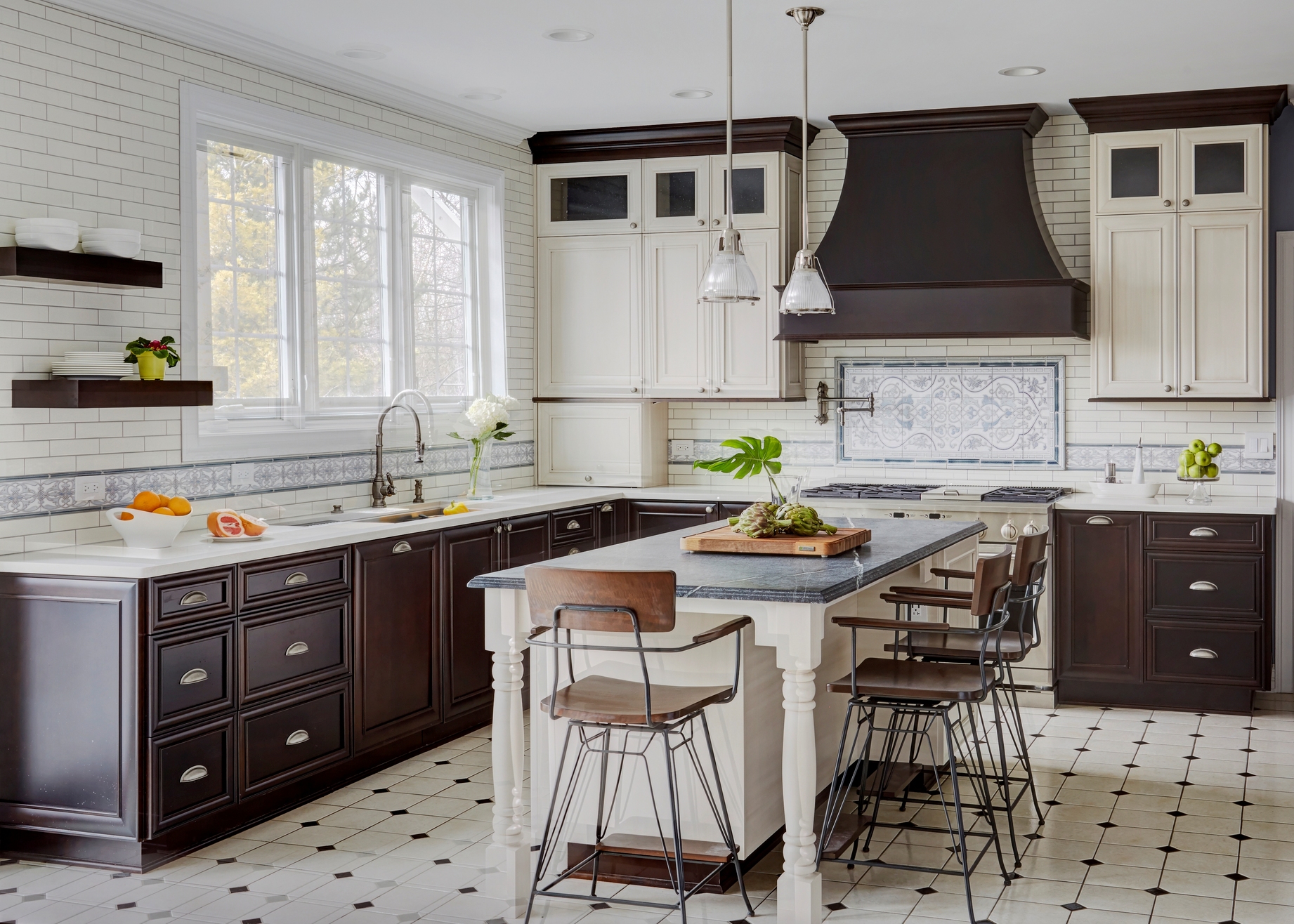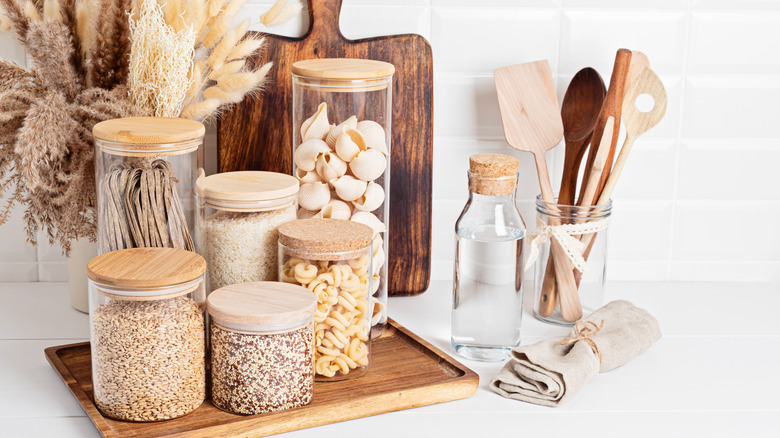Wax or Varnish for Kitchen Tables
When it comes to protecting and preserving the beauty of your kitchen table, wax or varnish are two popular options. Both provide a protective layer that can help prevent scratches, stains, and other damage, while also enhancing the natural beauty of the wood. But which one is better for your kitchen table? Let's take a closer look at the benefits and drawbacks of each to help you make the best choice for your needs.
Best Wax for Kitchen Tables
If you decide to go with wax for your kitchen table, you'll want to make sure you choose the right one for the job. Beeswax, carnauba wax, and mineral oil are all popular choices for wood furniture. Beeswax is a natural product that provides a warm, rich glow to the wood, while carnauba wax is known for its durability and water resistance. Mineral oil is great for nourishing and protecting the wood, but it may need to be reapplied more frequently than other waxes.
Best Varnish for Kitchen Tables
Varnish is a popular choice for kitchen tables because it provides a strong, durable finish that can withstand heavy use. Polyurethane, lacquer, and oil-based varnishes are all great options. Polyurethane is known for its water resistance and durability, while lacquer provides a high-gloss finish. Oil-based varnishes are easy to apply and provide a natural, matte finish.
Kitchen Table Waxing Tips
If you choose to wax your kitchen table, here are a few tips to ensure a successful application:
Kitchen Table Varnishing Tips
If you opt for varnish on your kitchen table, here are a few tips to keep in mind:
How to Protect a Kitchen Table with Wax or Varnish
The main purpose of using wax or varnish on a kitchen table is to protect it from damage. Here are some ways to maximize the protection provided by these products:
DIY Kitchen Table Wax or Varnish
If you're feeling adventurous, you can also make your own wax or varnish for your kitchen table using natural ingredients. Beeswax, mineral oil, and essential oils can be combined to create a homemade wax, while linseed oil, beeswax, and turpentine can be used to make a DIY varnish. Just be sure to do your research and test the product on a small, inconspicuous area before applying it to the entire table.
Wax vs Varnish for Kitchen Tables
So, which one is better for your kitchen table? Ultimately, it depends on your personal preferences and the type of wood your table is made from. Wax provides a warm, natural glow and can be easily reapplied as needed. Varnish offers a strong, durable finish that can withstand heavy use. For a more traditional and rustic look, wax may be the better option, while varnish is great for modern and contemporary styles.
How Often to Wax or Varnish a Kitchen Table
The frequency of waxing or varnishing your kitchen table will depend on the type of product you use and the amount of use your table gets. Generally, it's recommended to reapply wax every few months and varnish every 1-2 years. However, if your table sees heavy use or is exposed to harsh conditions, you may need to reapply more frequently.
Eco-Friendly Wax or Varnish for Kitchen Tables
If you're looking for environmentally-friendly options for your kitchen table, there are plenty of eco-friendly waxes and varnishes available on the market. Look for products that are made from natural ingredients, such as beeswax or plant-based resins, and are free from harmful chemicals. You can also make your own using natural ingredients, as mentioned earlier.
In conclusion, both wax and varnish are great options for protecting and enhancing the beauty of your kitchen table. Consider the type of wood and your personal style preferences when choosing between the two. And don't forget to properly maintain and care for your table to ensure it stays looking beautiful for years to come.
The Importance of Choosing the Right Kitchen Table Wax or Varnish

Protecting Your Kitchen Table
 When it comes to designing your dream
kitchen
, you want every element to be perfect. From the cabinets to the countertops, every detail matters. One important aspect that often gets overlooked is the
kitchen table
. It may seem like just a simple piece of furniture, but it is the heart of your kitchen. It is where meals are shared, memories are made, and conversations flow. As such, it is essential to choose the right
wax
or
varnish
to protect and enhance the beauty of your kitchen table.
When it comes to designing your dream
kitchen
, you want every element to be perfect. From the cabinets to the countertops, every detail matters. One important aspect that often gets overlooked is the
kitchen table
. It may seem like just a simple piece of furniture, but it is the heart of your kitchen. It is where meals are shared, memories are made, and conversations flow. As such, it is essential to choose the right
wax
or
varnish
to protect and enhance the beauty of your kitchen table.
The Difference Between Wax and Varnish
 First, let's clarify the difference between
wax
and
varnish
. While both can provide a protective layer for your kitchen table, they have different compositions and purposes.
Wax
is a natural product made from beeswax, carnauba wax, or paraffin wax. It is applied in a thin layer and acts as a sealant, protecting the surface from moisture and food stains. On the other hand,
varnish
is a synthetic product made from resins, oils, and solvents. It forms a thicker, more durable layer and provides better protection against scratches and heat.
First, let's clarify the difference between
wax
and
varnish
. While both can provide a protective layer for your kitchen table, they have different compositions and purposes.
Wax
is a natural product made from beeswax, carnauba wax, or paraffin wax. It is applied in a thin layer and acts as a sealant, protecting the surface from moisture and food stains. On the other hand,
varnish
is a synthetic product made from resins, oils, and solvents. It forms a thicker, more durable layer and provides better protection against scratches and heat.
Enhancing the Aesthetics of Your Kitchen Table
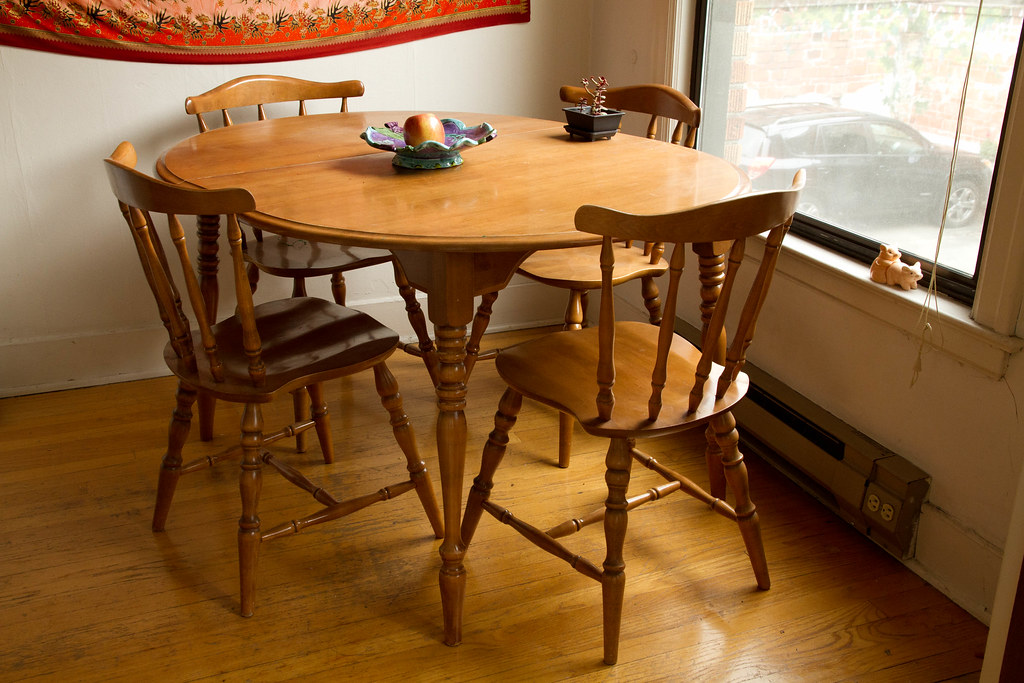 Aside from protection,
wax
and
varnish
can also enhance the aesthetics of your kitchen table.
Wax
provides a natural, matte finish that can enhance the wood grain and give your table a warm, rustic look. It is also available in different shades to match your desired color. On the other hand,
varnish
offers a glossy, smooth finish that can make your table look more modern and elegant. It is also available in a variety of finishes, such as satin, semi-gloss, and high-gloss.
Aside from protection,
wax
and
varnish
can also enhance the aesthetics of your kitchen table.
Wax
provides a natural, matte finish that can enhance the wood grain and give your table a warm, rustic look. It is also available in different shades to match your desired color. On the other hand,
varnish
offers a glossy, smooth finish that can make your table look more modern and elegant. It is also available in a variety of finishes, such as satin, semi-gloss, and high-gloss.
Choosing the Right Product
 Now that you understand the difference between
wax
and
varnish
, it's time to choose the right product for your kitchen table. Consider the type of wood your table is made of, the level of protection you need, and the desired aesthetic.
Wax
is best for light protection and enhancing the natural beauty of the wood, while
varnish
is ideal for heavy-duty protection and a more polished look. It's also essential to consider the maintenance of the product.
Wax
will need to be reapplied every few months, while
varnish
typically only needs to be applied every few years.
Now that you understand the difference between
wax
and
varnish
, it's time to choose the right product for your kitchen table. Consider the type of wood your table is made of, the level of protection you need, and the desired aesthetic.
Wax
is best for light protection and enhancing the natural beauty of the wood, while
varnish
is ideal for heavy-duty protection and a more polished look. It's also essential to consider the maintenance of the product.
Wax
will need to be reapplied every few months, while
varnish
typically only needs to be applied every few years.
In Conclusion
 Choosing the right
kitchen table wax
or
varnish
is crucial for protecting and enhancing the beauty of your kitchen table. Take the time to consider your options and choose a product that suits your needs and desired aesthetic. With proper care and maintenance, your kitchen table will not only be a functional piece of furniture, but it will also be a stunning centerpiece in your dream kitchen.
Choosing the right
kitchen table wax
or
varnish
is crucial for protecting and enhancing the beauty of your kitchen table. Take the time to consider your options and choose a product that suits your needs and desired aesthetic. With proper care and maintenance, your kitchen table will not only be a functional piece of furniture, but it will also be a stunning centerpiece in your dream kitchen.

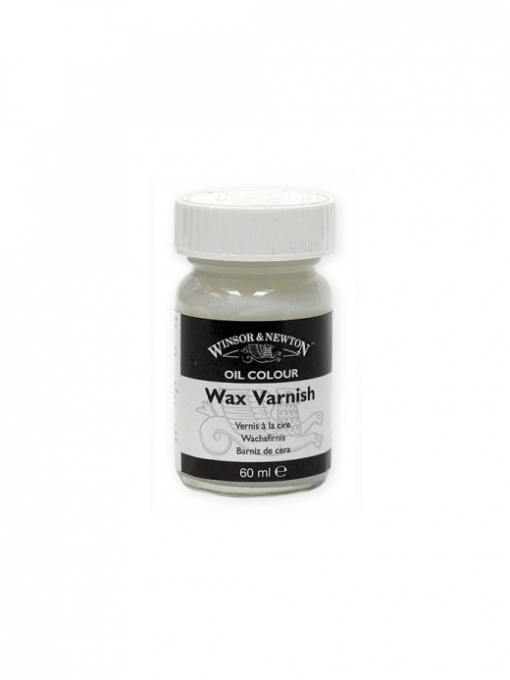
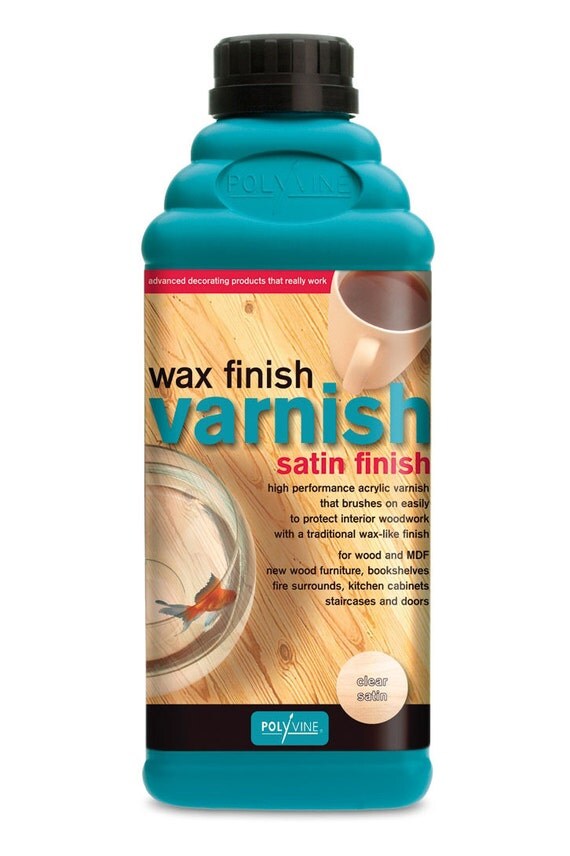









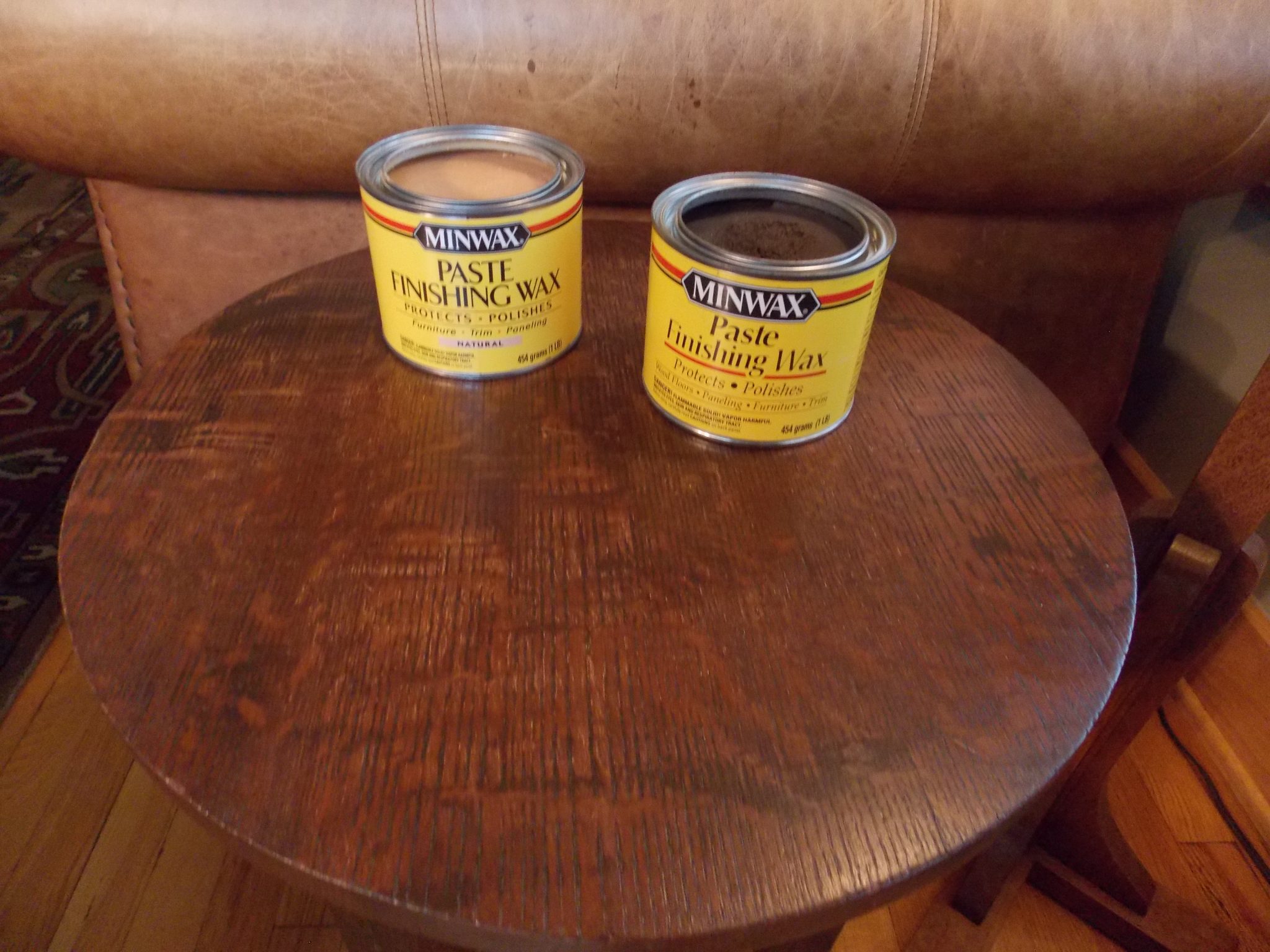




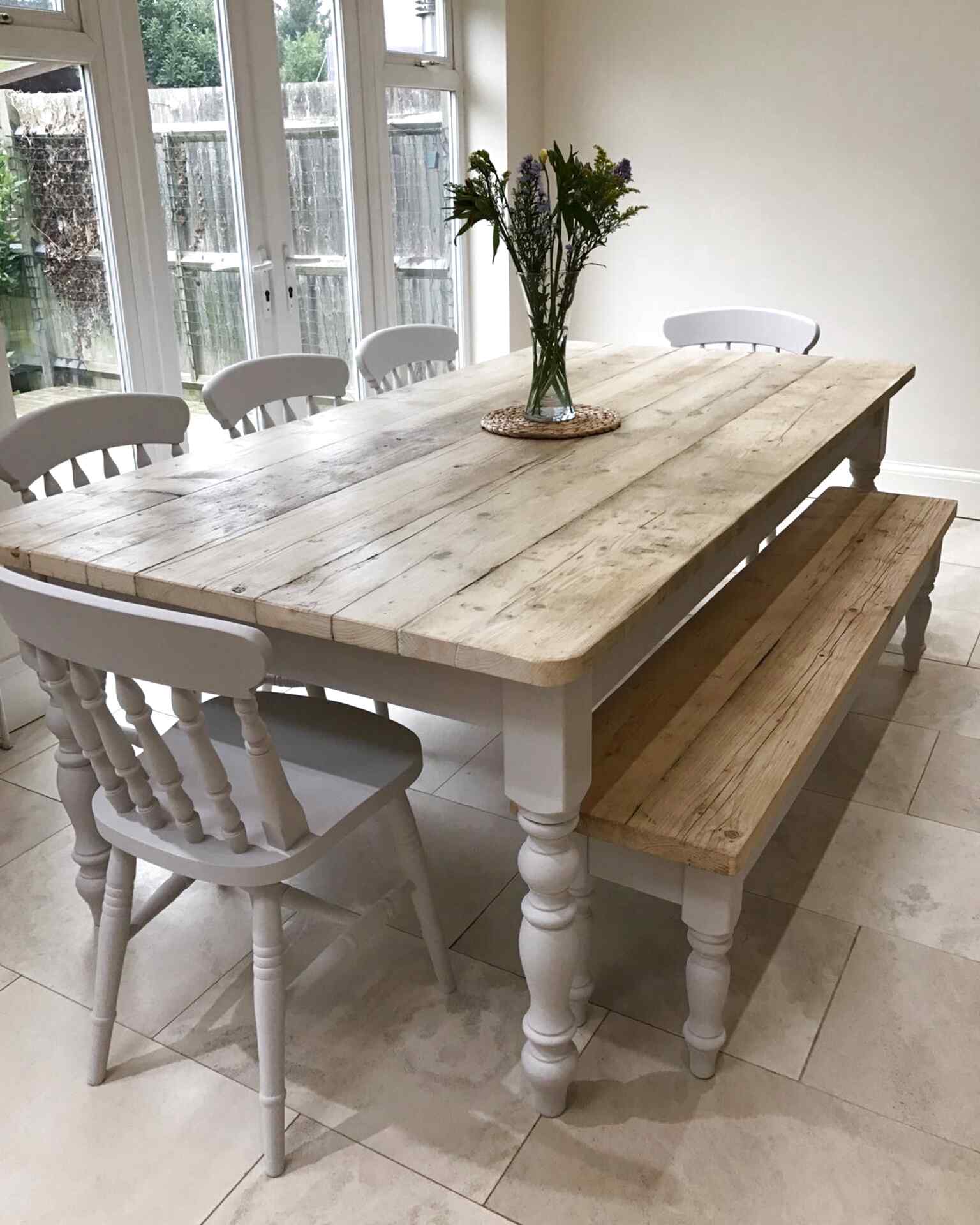


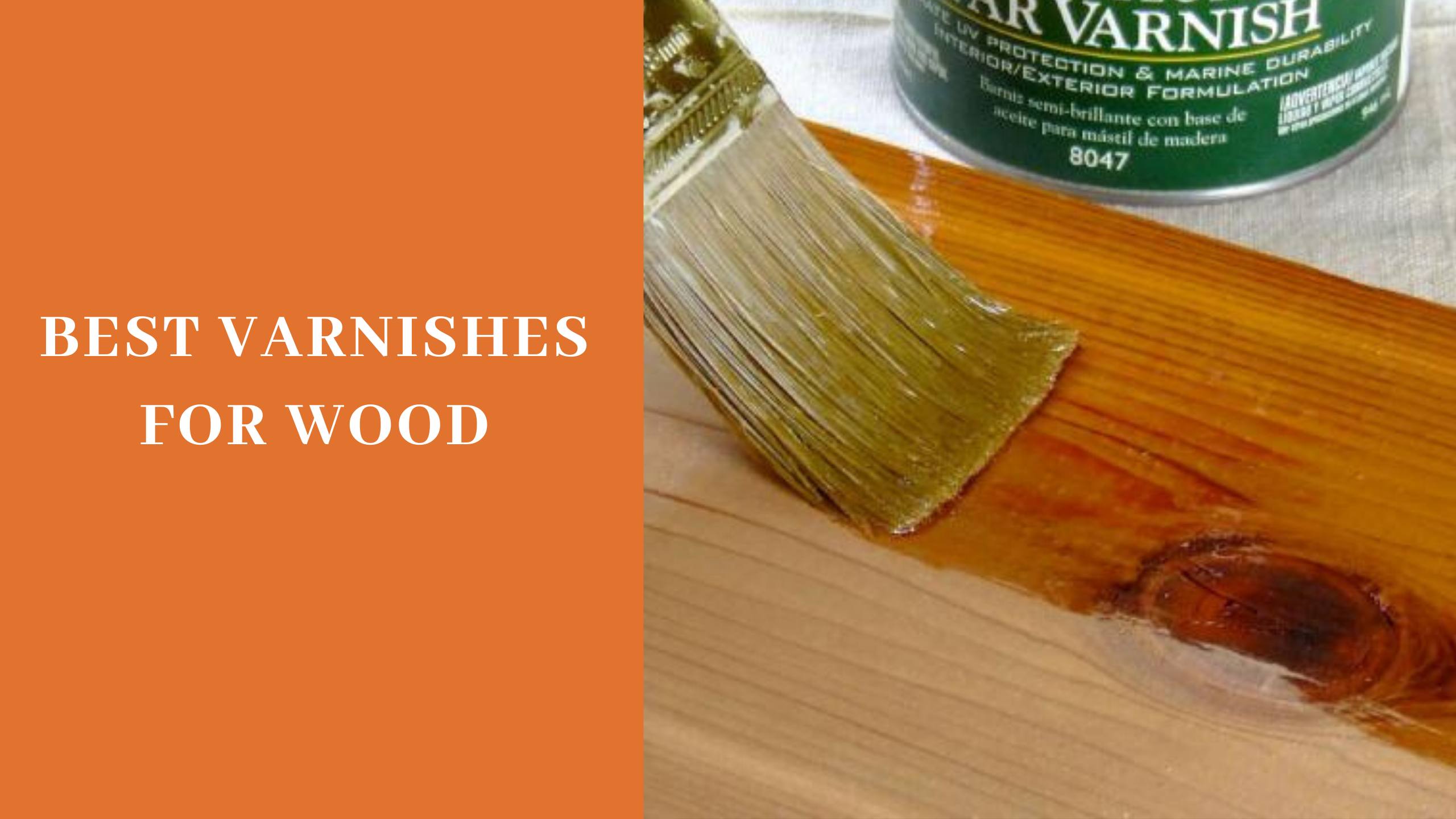
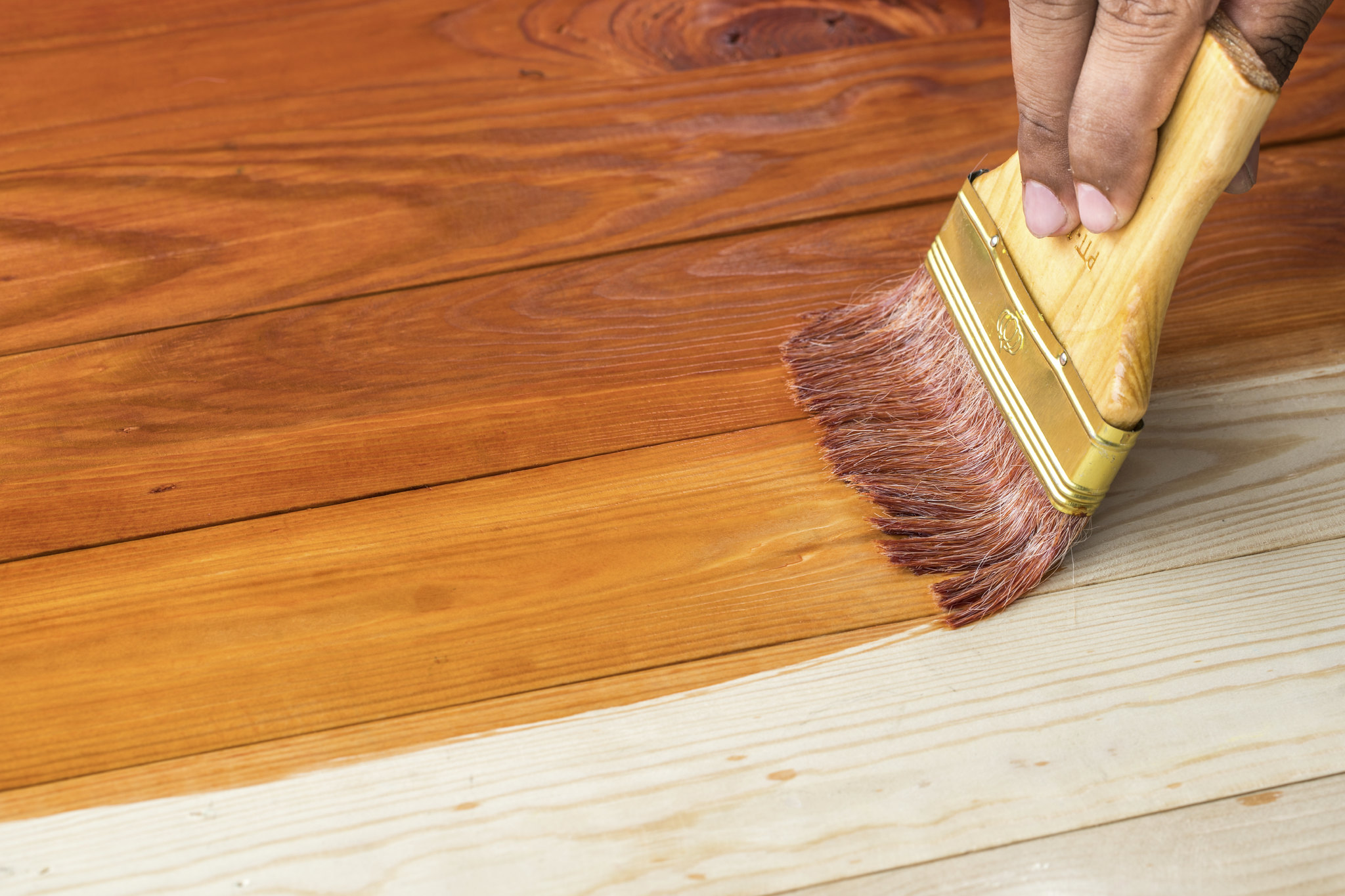


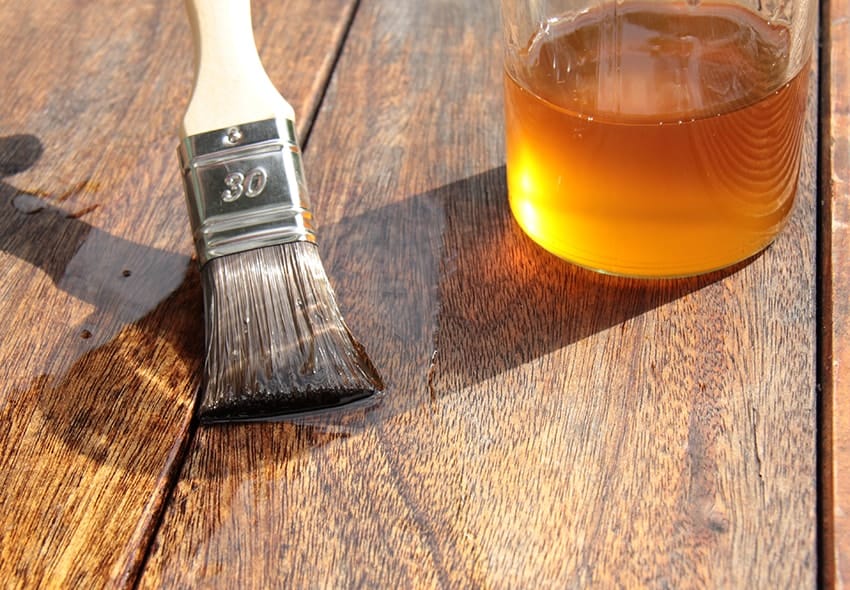









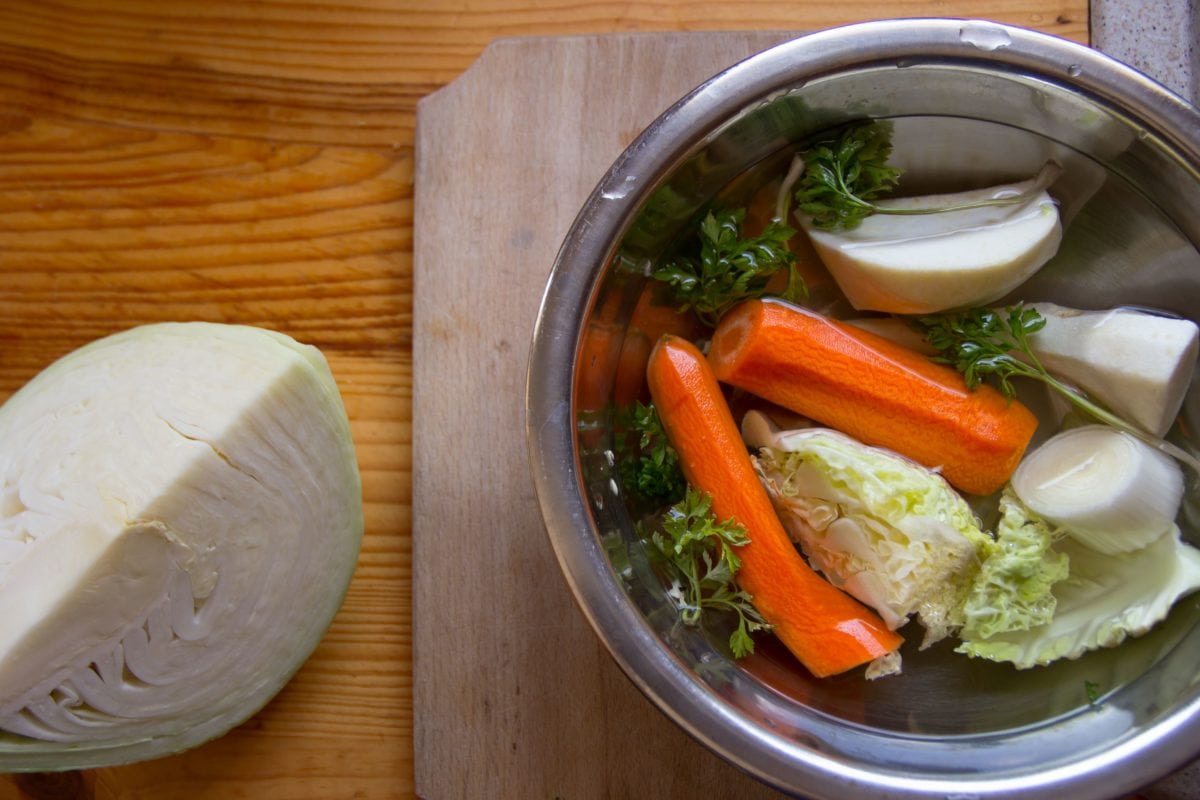
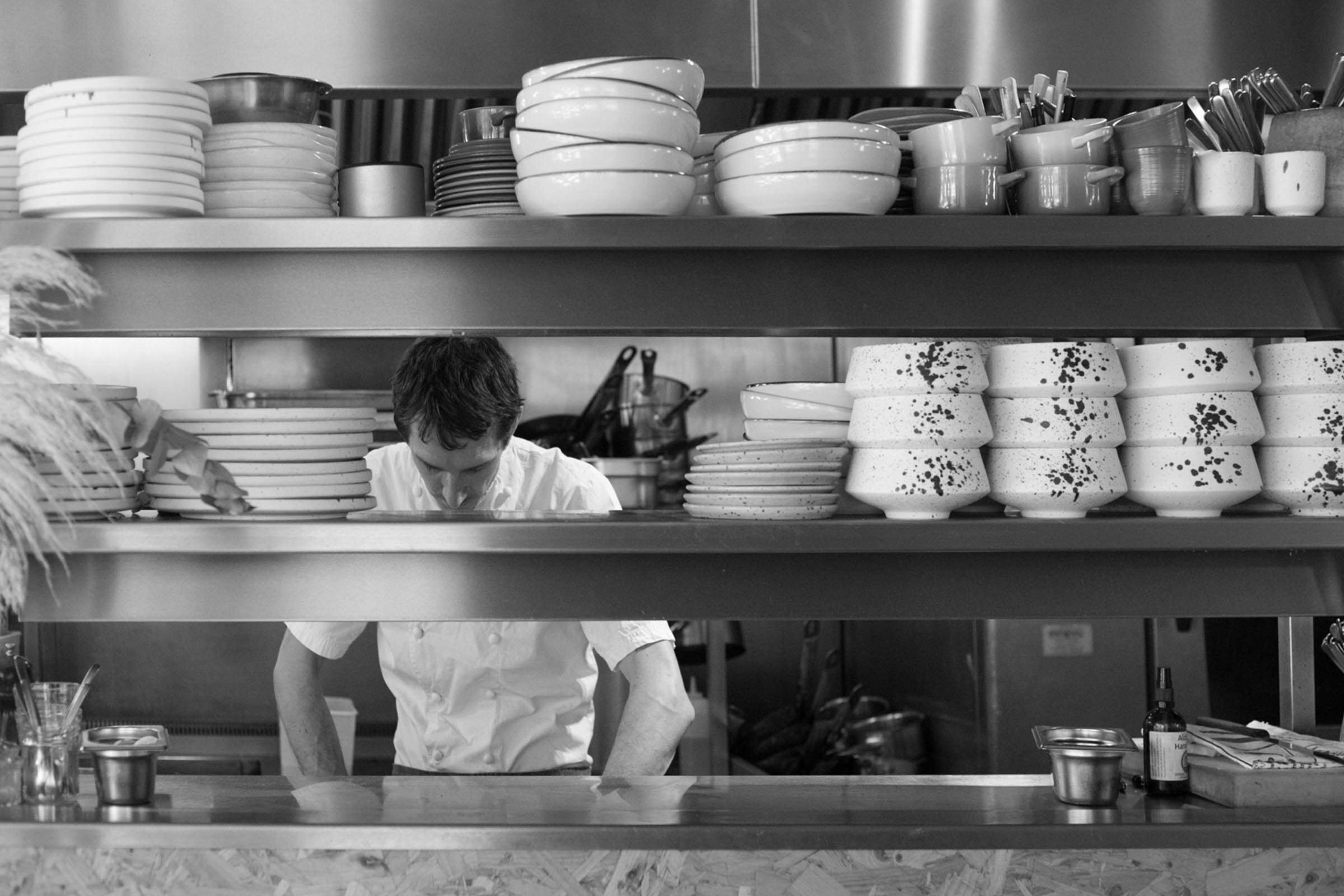
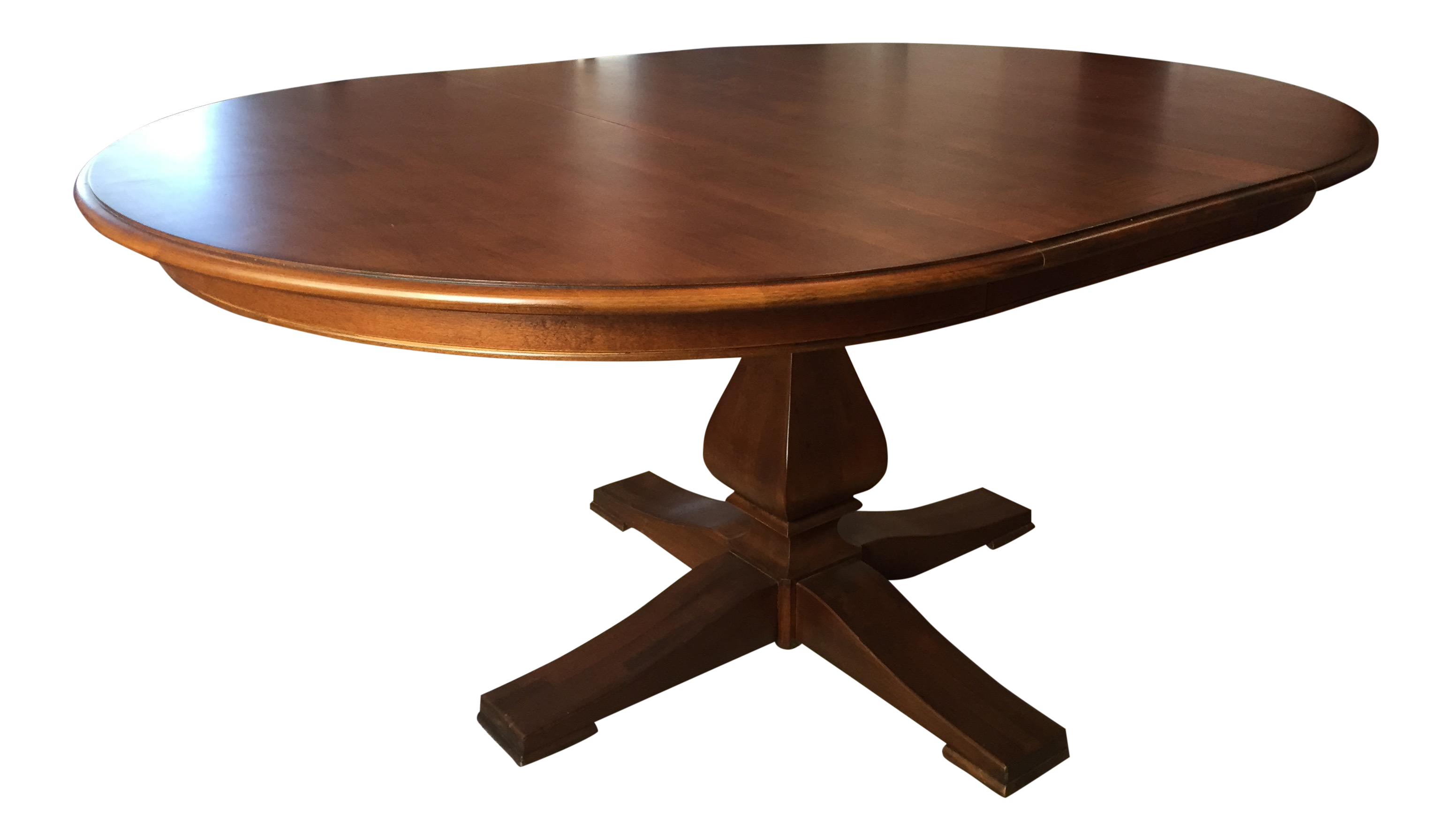






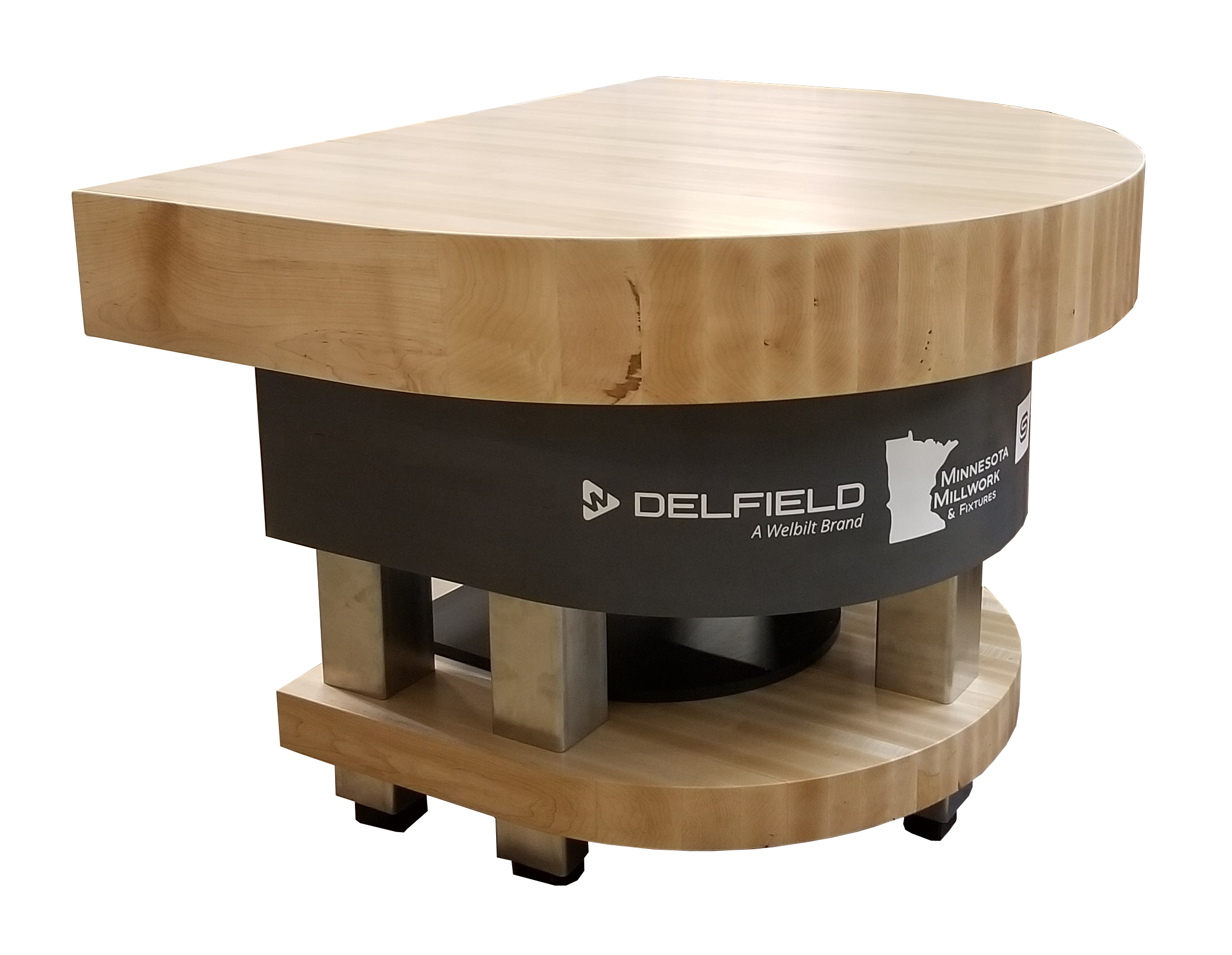


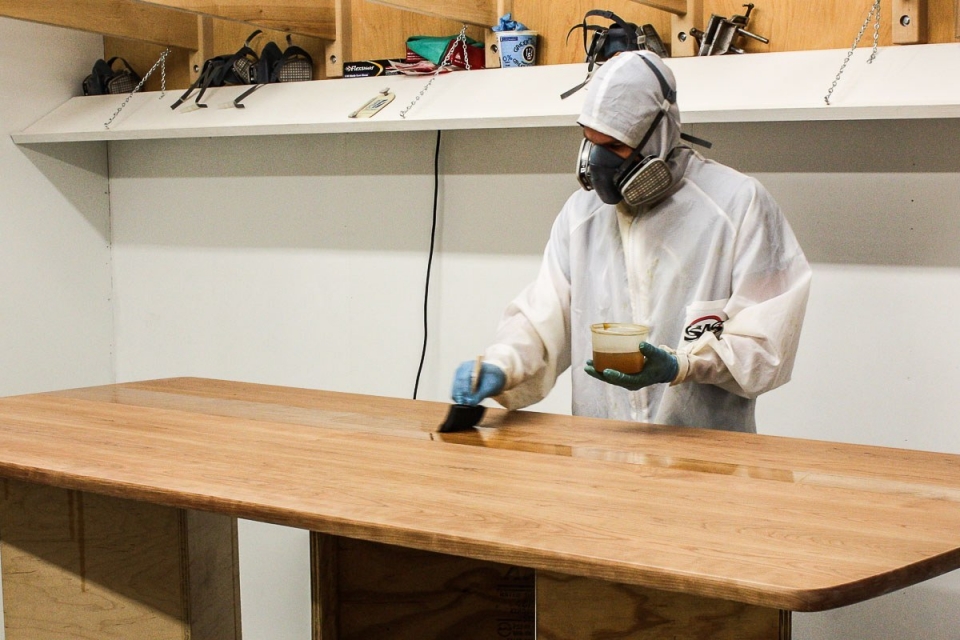

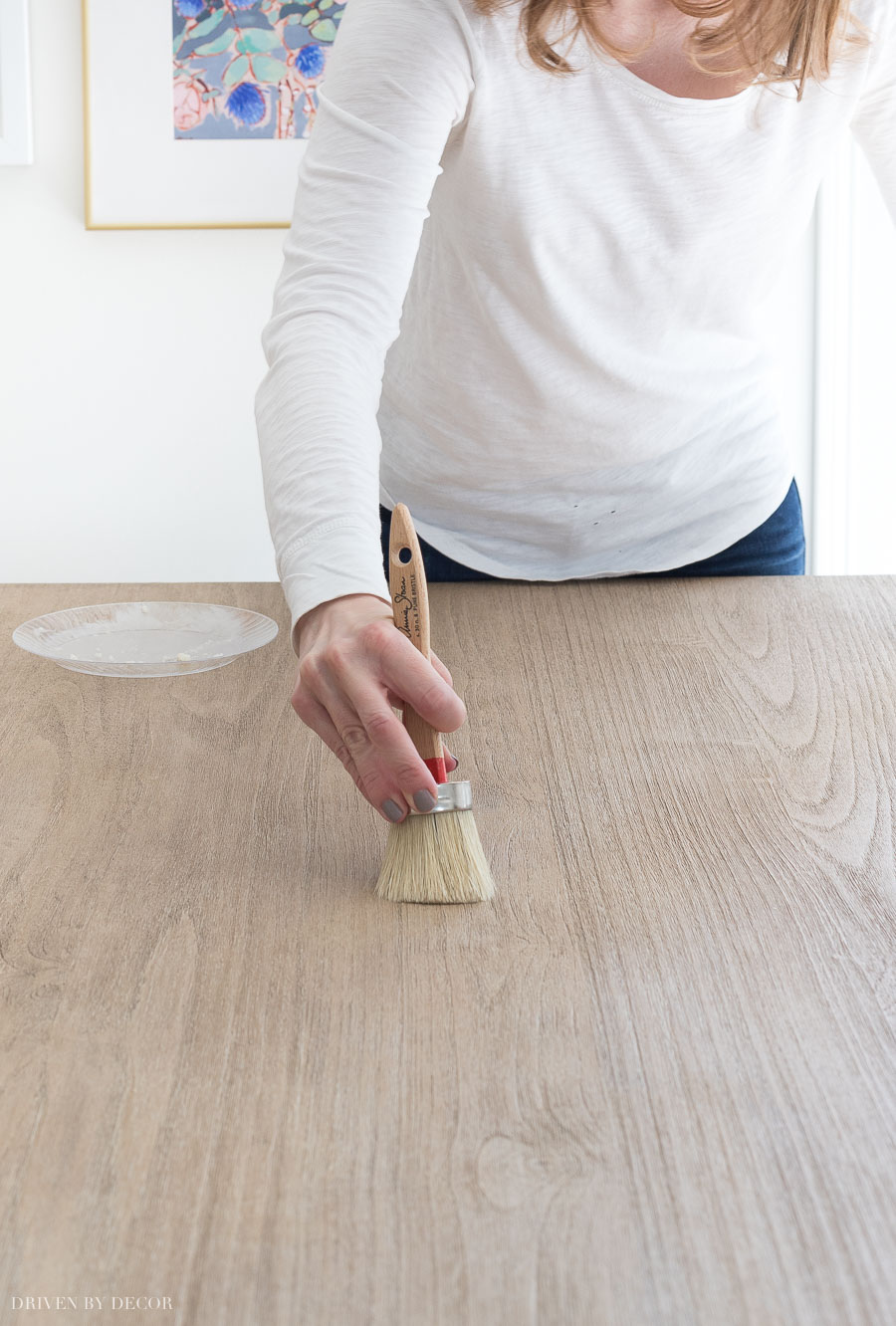


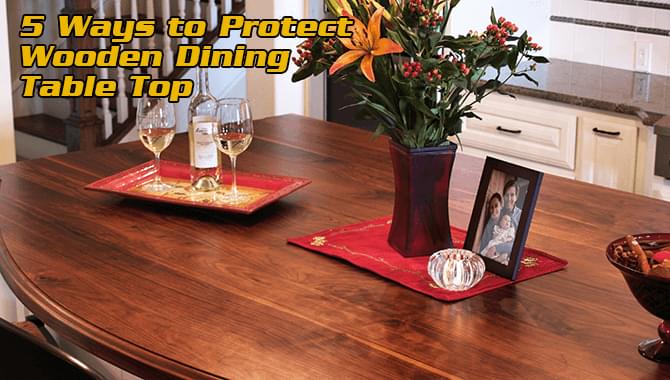



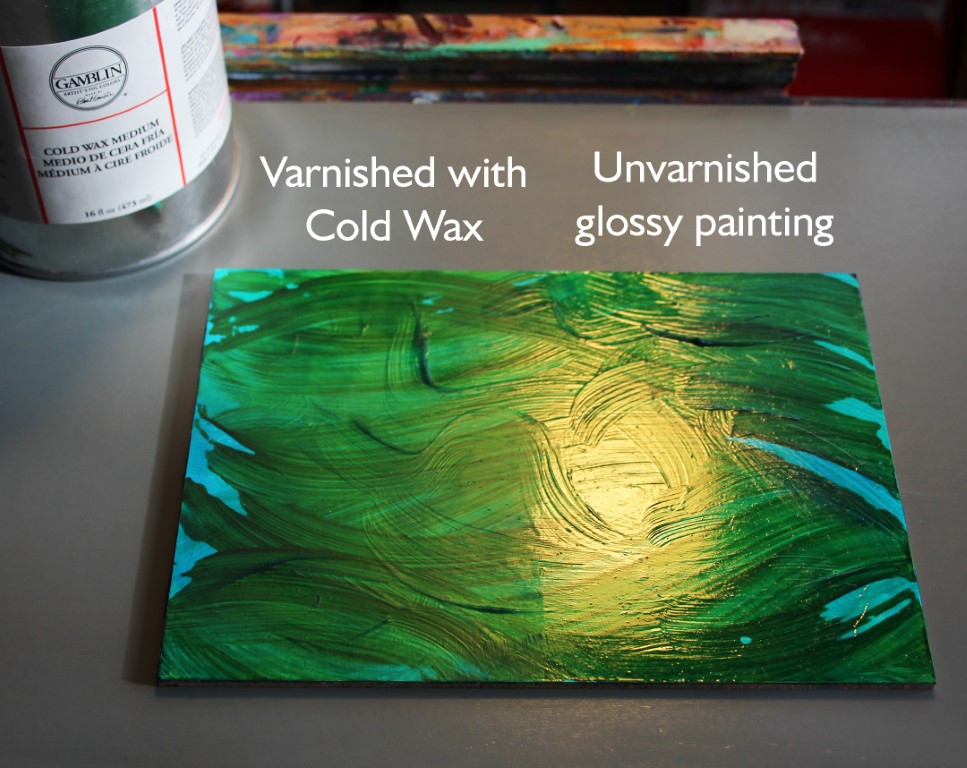














:max_bytes(150000):strip_icc()/what-is-varnish-5219382-final-769e617c97924959b047d49b97c62bae.png)




